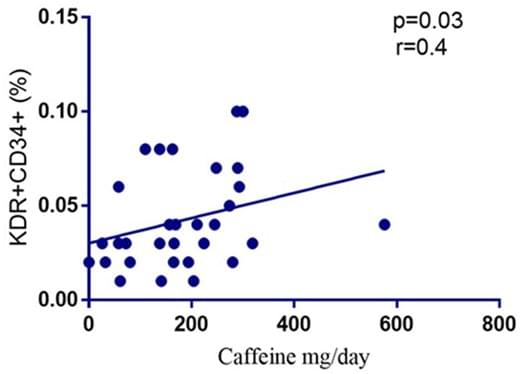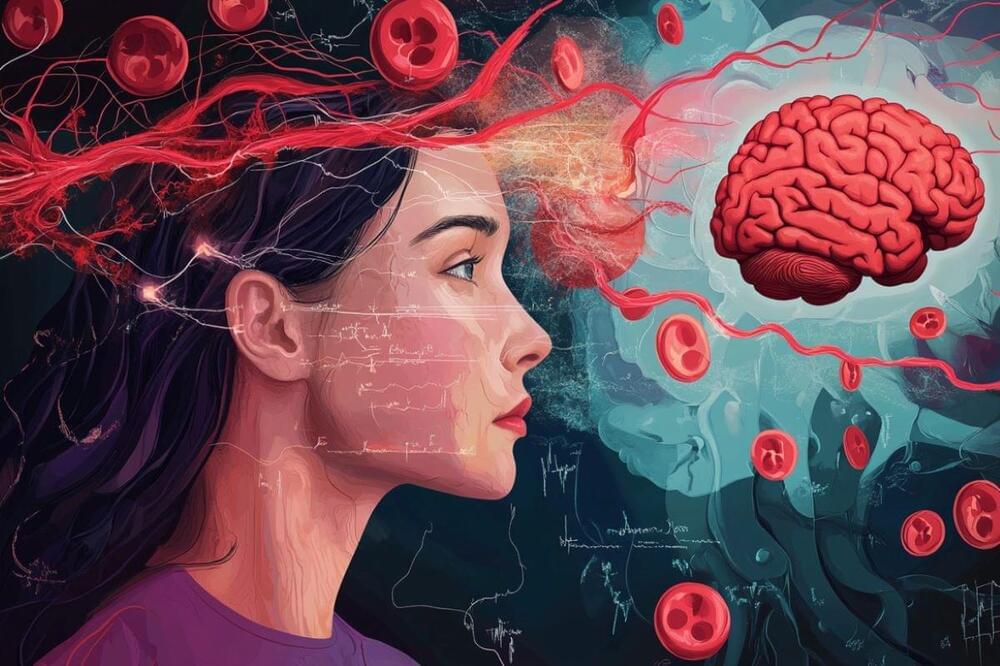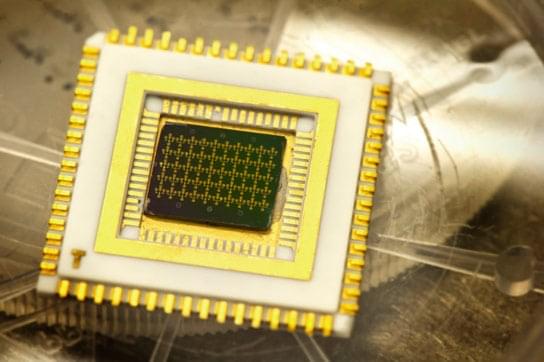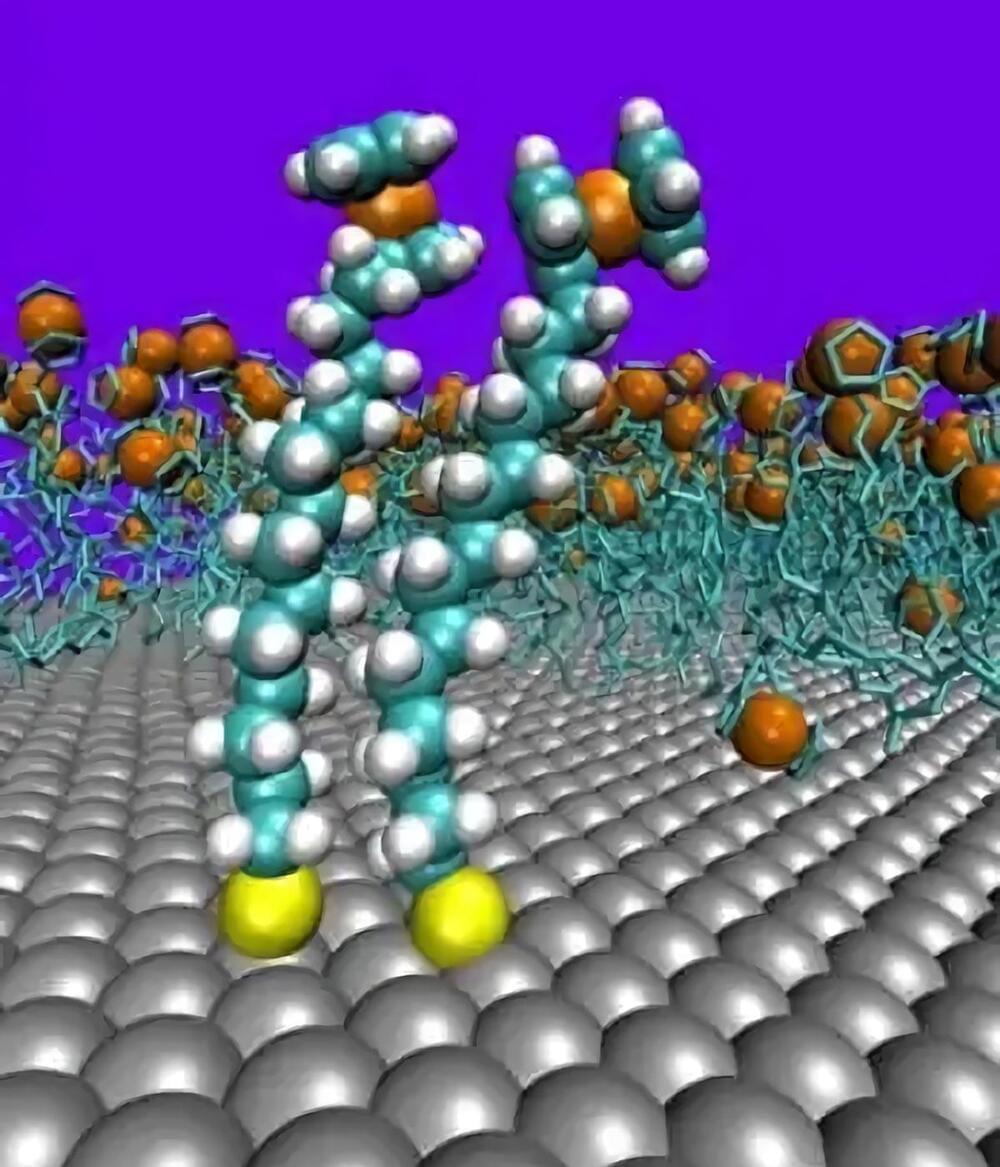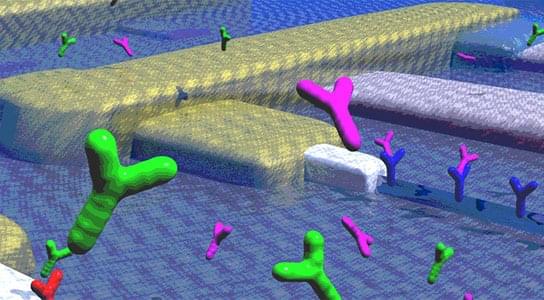Researchers from the Sapienza University of Rome found that caffeine has a positive effect on endothelial cells, a group of cells responsible for vascular regeneration.
We studied the role of caffeine intake on endothelial function in SLE by assessing its effect on circulating endothelial progenitor cells (EPCs) both ex vivo in SLE patients and in vitro in healthy donors (HD) treated with SLE sera.
Methods.
We enrolled SLE patients without traditional cardiovascular risks factors. Caffeine intake was evaluated with a 7-day food frequency questionnaire. EPCs percentage was assessed by flow cytometry analysis and, subsequently, EPCs pooled from six HD were co-cultured with caffeine with and without SLE sera. After 7 days, we evaluated cells’ morphology and ability to form colonies, the percentage of apoptotic cells by flow cytometry analysis and the levels of autophagy and apoptotic markers by western blot. Finally, we performed a western blot analysis to assess the A2AR/SIRT3/AMPK pathway.
